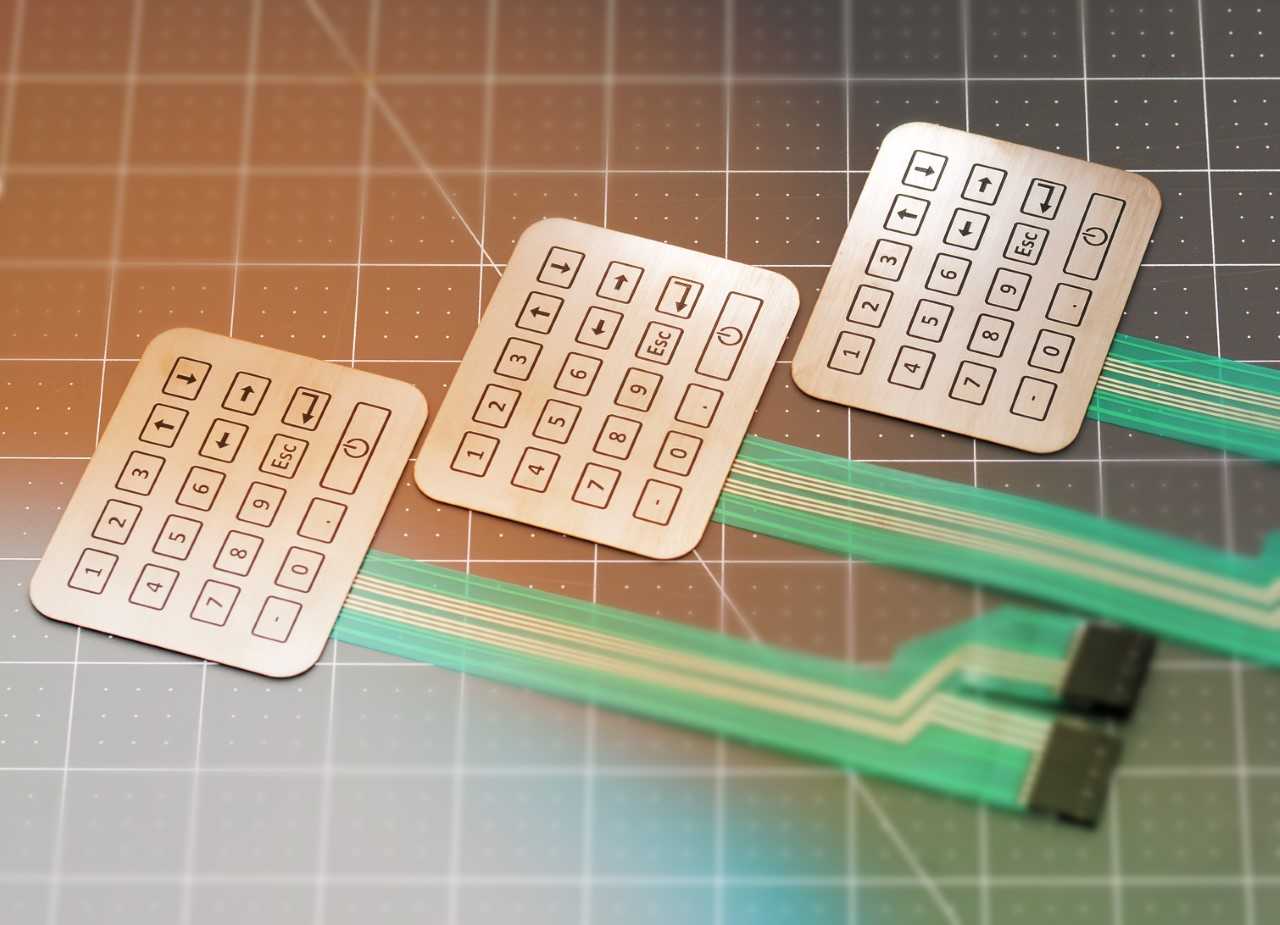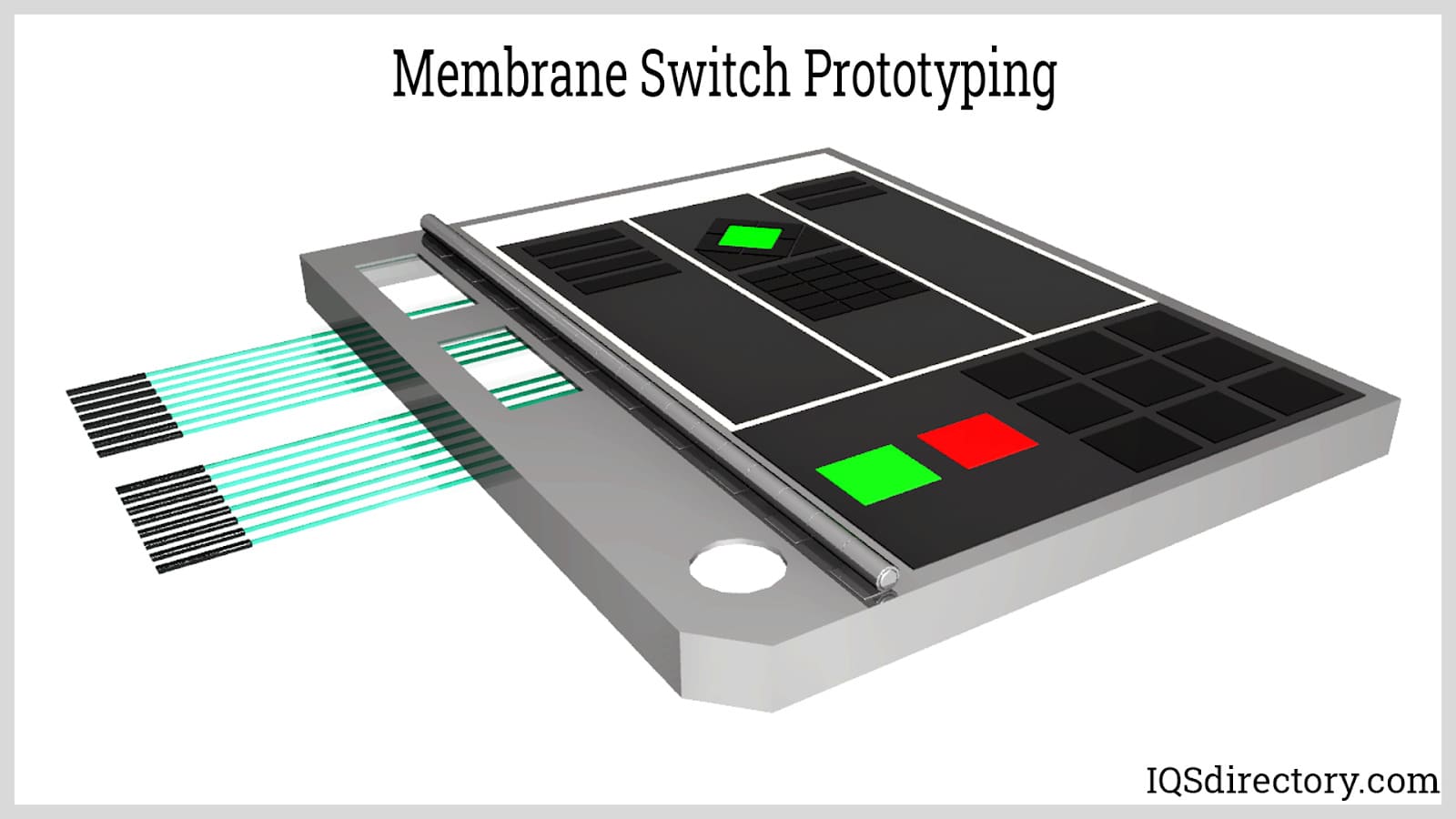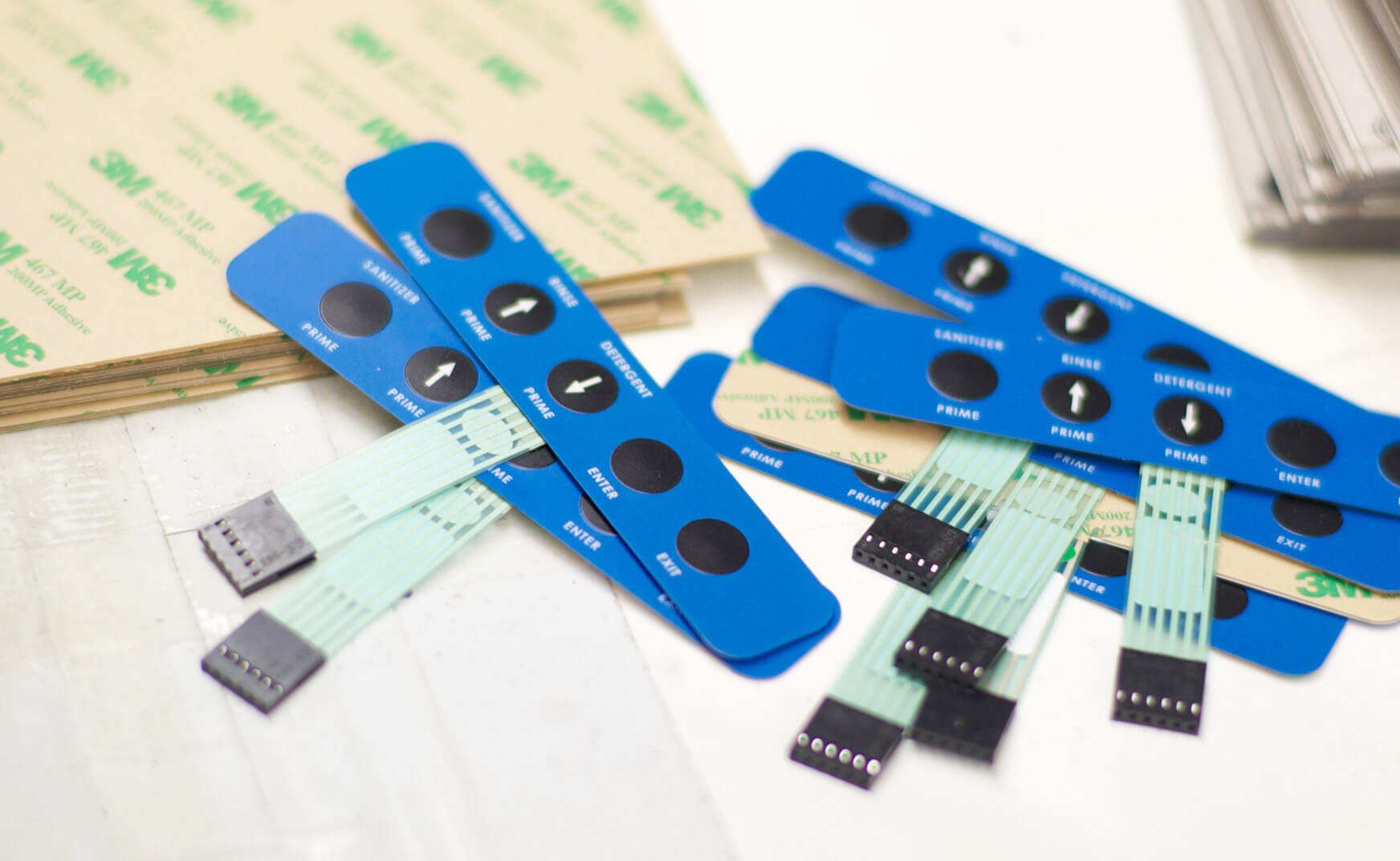Product testing is a top consideration when selecting a membrane switch manufacturer for interfaces.
Product testing is a top consideration when selecting a membrane switch manufacturer for interfaces.
Blog Article
All Concerning Membrane Switch: Understanding Its Design and Performance
When you assume concerning the control user interfaces in contemporary tools, membrane buttons typically come to mind. Let's explore what sets membrane changes apart from other control systems.
What Are Membrane Buttons?

Their smooth nature makes them very easy to tidy and resistant to dirt and wetness, a vital function in many atmospheres. Membrane buttons can additionally be customized relating to form, size, and graphics, permitting suppliers to produce distinct interfaces tailored to particular items. Plus, they're lightweight and thin, which assists in reducing the overall bulk of devices. Generally, membrane layer buttons play a substantial role in boosting user experience throughout a vast variety of applications.
How Membrane Layer Switches Work
When you push a key on a membrane layer button, it activates a straightforward yet reliable system. The top layer, frequently constructed from flexible material, lowers onto a conductive layer under it. This action bridges the space in between conductive traces, completing an electric circuit. As soon as the circuit closes, it sends a signal to the gadget's controller, which translates your input.
You'll see that the tactile feedback differs based on the button style, offering either a soft click or a more pronounced response. When you release the key, the membrane layer go back to its initial placement, reopening the circuit and stopping the signal. This procedure occurs nearly instantly, making certain a receptive customer experience.
Membrane buttons are preferred because of their durability and resistance to dust and wetness, making them excellent for different applications, from home devices to clinical devices. Comprehending this procedure aids you value their widespread usage.
Key Components of Membrane Switches
Comprehending the essential elements of membrane layer buttons is fundamental for understanding their functionality and design. The protective layer shields against ecological elements and put on, prolonging the switch's life expectancy. By comprehending these components, you'll gain understanding right into exactly how membrane layer changes operate and their importance in numerous applications.
Products Made Use Of in Membrane Change Design
The efficiency and toughness of membrane layer switches over greatly depend on the materials utilized in their design. You typically experience polyester and polycarbonate as main substrates due to their outstanding strength and versatility. These materials resist scrapes and chemicals, making them excellent for demanding environments.
The conductive layers frequently utilize silver or carbon, chosen for their reliability and conductivity. membrane switch manufacturer. Silver provides exceptional performance, while carbon is an economical choice. For the overlay, you could consider a matte or shiny finish, relying on your aesthetic demands and user experience
Make specific to select adhesives that hold up against environmental variables like temperature level and humidity. Selecting the appropriate products will certainly guarantee your membrane button stands the examination of time.
Design Considerations for Membrane Layer Buttons
While creating membrane layer switches, it's important to take right into account various aspects that affect their functionality and customer experience. Beginning by concentrating on the design and button size; make certain they're user-friendly and very easy to click this navigate. Take into consideration the responsive feedback you wish to supply-- will individuals require a recognizable click or a softer touch? In addition, think of the materials you'll utilize, as they'll affect durability and aesthetic appeals.
Confirm your layout fits environmental factors, like wetness or temperature level variants, which might influence efficiency. By very carefully considering these aspects, you'll create a membrane switch that boosts usability and contentment.
Applications of Membrane Layer Buttons
Membrane switches are functional parts located in different applications, from industrial devices to consumer electronics. You'll see their effect in devices that need resilient interfaces and in devices that take advantage of streamlined layouts. Understanding these applications assists you appreciate the functionality and usefulness of membrane switches in everyday modern technology.
Industrial Devices Usage
When you're looking to improve the functionality of industrial devices, membrane layer buttons use a dependable remedy that combines longevity with straightforward design. These buttons are ideal for harsh environments, offering resistance to dust, wetness, and chemicals. Accept membrane switches to simplify your procedures and improve total performance.
Customer Electronics Integration
In the domain name of customer electronic devices, membrane layer switches play a crucial function in enhancing user interaction and device functionality. You'll locate them in devices like microwaves, remotes, and video gaming consoles, supplying a seamless method to interact with modern technology. Their sleek style enables simple combination right into different items, making controls user-friendly and easy to use. With their capability to integrate graphics and backlighting, you can take pleasure in a contemporary visual that enhances the gadget's general look. Membrane layer buttons also assure resilience and resistance to dirt and moisture, expanding the lifespan of your electronics. By selecting membrane buttons, you improve not just the performance but likewise the style of your devices, making everyday interactions smooth and enjoyable.
Advantages and Negative Aspects of Membrane Layer Switches
While membrane layer buttons use a variety of benefits, they likewise come with some downsides that you need to consider. One substantial benefit is their small layout, making them ideal for space-constrained applications.

Membrane switches can have a shorter life-span compared to mechanical switches, especially under heavy usage. They can additionally be much less responsive, which could impact individual comments during procedure. Stabilizing these pros and disadvantages will help you identify if membrane switches are the appropriate fit for your project.
Frequently Asked Concerns
Exactly How Lengthy Do Membrane Layer Switches Typically Last?
Membrane changes usually last between 5 to one decade, relying on visit this website use and ecological conditions. You'll desire to review elements like wear, direct exposure to moisture, and temperature variations to gauge their durability successfully.
Can Membrane Switches Over Be Custom-made for Certain Styles?
Yes, you can customize membrane layer switches to fit certain styles (membrane switch manufacturer). You'll have the freedom to choose shades, shapes, and formats that match your task's needs, guaranteeing they mix flawlessly with your total aesthetic
What Is the Price Array for Membrane Layer Switch Production?
The expense array for membrane layer button production usually drops in between $1 and $10 per device, depending on elements like layout complexity, quantity, and materials. You can obtain quotes from manufacturers to discover the ideal choice.

Are Membrane Switches Over Water Resistant or Resistant?
Membrane layer switches can be developed to be water-proof visit the site or resistant, depending on products made use of and building and construction techniques. If you need them for wet atmospheres, guarantee you specify those demands throughout the style process.
How Do Membrane Layer Switches Over Compare to Typical Buttons?
Membrane layer switches are usually thinner and more adaptable than conventional buttons, providing a streamlined design. They're commonly easier to cleanse and integrate, yet might not supply the tactile comments you're used to with mechanical choices.
Final thought

Report this page